A dear friend in 1995 brought over a plant he got from one of his friends to over winter due to he didn't have a greenhouse and knew I wouldn't mine. All I was told was to over winter and if I felt like I wanted to take cuttings I could if it was to big for my space. All I had in the greenhouse that year was the fuchsias that my cousin was going to toss as she wasn't going to be doing fuchsias anymore. Being the plant novice at that time I thought okay let's play. His only pointer was to try to root in water not in dirt since this was new to me. Long story short when he picked it up in the spring he had some to share and I kept one. Back in those days I didn't have a camera so no photos are available.
Little did I know this was going to become an addiction once I saw it bloom. Not much was available at that time on these plants in English as the books and information was in German. I came across a group on Yahoo and found a lady that had a website. Flying by the seat of one's pants on these can get one in trouble if you don't know anything about them. So please read and learn about them! There are folks out there growing them and you can ask questions.
I soon found out these were fast growers and kept having to bump them up. I remember my grandmother telling me treat these like they were your own kids, care for them and they will reward you. She grew African Violets, which I remember watching her care for them when we visited. Also I can remember visiting my great grandmother whom would always be out in her gardens when we stopped in for a visit, so I knew I had gardening in my blood.
So as I read and did more research I learned that 'these do carry a gene for a virus and it's important to keep them health,' the tools used when caring have to be cleaned between going plant to plant. Removing leaves and blooms afterwards also helps keep the bugs and virus at bay. Bugs can cause damage just like the cabbage worms and slugs. Keep the virus from popping up is important and don't smoke around them.
Brugmansia and Datura / Angel's Trumpets and Thorn Apples by Ulrike and Hans-Georg Preissel, the 'Brugmansia Bible,' which some of us at yahoo called it should be the first book of learning, some of us got this translated into English. There are other books out there now but this book gives you the best overall information. In the book if my memory serves me states that you can't overfeed these, I can tell you from what I have done here, it does harm the plant and can kill it faster than anything if you do overfeed. Feed with an overall 20-20-20 fertilizer and I tell folks do it on Sunday, most folks can remember that. But again as you learn you will find there are other fertilizers out there that can help with blooms and growth.
In this book you will learn about why Brugmansia are no longer labeled as Daturas. Yes, these are different plants and the first hint is the title of the book. I have grown both but my passion is for the Brugmansia which are the tree form and lasts longer than it's cousin the Datura. If you like both of these then I would recommend their other cousin, the Iochroma. All are related in the Solanaceae family. Remember growing the cousins close to each other can also cause issues, so be careful. Also do not smoke or burn around these as it can cause issues with the plant. Also there are some plants that shouldn't be grown around them.
When potting these up into pots, start small and allow them to dry out between watering. Also allow them to be root bound as you will learn as you grow them, this will happen fast. Never bump up to twice the size in the pots, as some of us have seen this sort of stops the growth for a while. But remember if as you are bumping up in pots, you will reach your limits fast with these! A strong wind can also topple these over so you will have to find something to anchor them down. Always find a wider base pot not a smaller base. There are many ways to anchor a pot down from rocks to stakes. You just need to find the best method for you.
When using pots, one can sink a smaller pot into a larger one to help keep the plant stable. But remember the roots system you are dealing with and you may have to drill holes into the side of a pot. You will find out fast that the little holes at the bottom will become filled fast and won't allow for drainage, which could lead to a fast death for a plant. Pot size will become an issue here too. How big is to big to move? This is up to you and yes, you can take a large potted plant and cut the roots back to put it into a smaller pot. We do this in the spring if the plant doesn't have much dirt in the pot. If you do this in the fall, do keep a close eye on them.
For those of you wanting to plant these directly into the ground, I don't recommend planting a new seedling directly into the ground. I would advise to sink it in it's pot into the ground for a few months to see if it can take it when we talk about Brugmansia. Little plants will feel lost and could soon die if planted directly into the soil. Let their roots take off a bit so they can produce a plant that is worthy of what you will see them grow into. I will wait until the plant is at least a couple years old before planting directly into the ground. For some of us we have learned it's not wise to plant directly into the ground as in the fall you will have so much fun digging them up. Knowing your limit on these is the key. Some of us have gone to the 5 gallon pickle buckets with hole drilled into the side and bottom which is easily dug up in the fall to bring inside. This size works great with an appliance dolly and stack nicely when you have to store them. If you plant directly into the ground, please give them room to grow.
Let's talk about shaping of these. There are some varieties that want to stay in shrub shape and there are varieties that are easily shaped into trees, but one will have to keep on top of this to make sure it
is done correctly. A close eye on them to keep them the shape that you desire. It is best to start shaping them while they are young plants. You will learn fast which one are shrub shaped and which are trees. Remember everyone is different in the garden, their style may not be what you can do or want to do, but learn there are many ways to do this, you just need to find what fits.
It is also time to talk about location, location, location. The general rule that some of us have learned early that all Brugmansia are not created equally. Some will do well in full sun, some will grow in full shade. The color of the corolla tube is the key, the lighter the color the more shade they will need. Where as the darker the color the more light they will take. But again with the hybridizing that is being done, this may not hold true any more. Then you will also hear some folk talk about the warm or cold groups when it comes to growing conditions. The Brugmansia Sanguinea group is the cold group and should be labeled the most difficult ones to grow. These do not like humidity, hot temps or full sun. They need lot of air circulation and tend to have the virus pop up faster when not given the proper care. I really recommend the Brugmansia Bible to anyone that is going to grow these. These are tropicals out of South America where they grow in climates that are suited to grow in. There is also single, double and triple corolla tube when it comes to the flower shapes. We have even seen some corolla tubes shredded. Let me add here that the double and triple brugmansias will take more sun, as their leaves are fuzzy in feeling. Some will find the doubles and triples hard to grow as the leaves will appear to have blotches. We have acidy soil and the plants hate it, so we have learned that one tablespoon of Borax to a gallon of water helps the plant take in the nutrients that they need. We used to grow the doubles but found they don't like it in pine country.
Varieties. It is best to read the Brugmansia Bible on the varieties that are out there, which will give you the knowledge in starting one's collection. Knowing what varieties will cross with which, knowing the name of the flower parts will also be helpful.
Hybridizing, you will need more than one Brugmansia variety to do this as these do not self pollinate like their cousin the Datura. Again I will tell you that the Brugmansia Bible has some great charts when it comes to crossing to create a new Brugmansia. Bees, bats, moths, hummingbirds are a few
of the pollinators in the wild. There are many tools of the trade out there that one can use to hybridize with if one wants to try this route.
Finding the right tools.
Brugmansia seeds you will find come with a corky seed coat and there is a trick to starting them.
One will need to soak in warm tap water from 24 to 48 hours, changing the water a couple times
a day to help one peal the outer cork shell off. Some folks recommend sticking them up on the refridge to keep them warm, just don't forget them. You can plant them with the outer cork shell but you to risk the shell holding onto the leaves as they spout and you could damage them by removing the shell later. Peeling can also be hard and there is a possibility that the seed will sprout. Once you have done a couple you will figure out the best way to do these. It is my understanding that Brugmansia seeds have a 5 to 7 year life span.
Finding the right tools.
Brugmansia seeds you will find come with a corky seed coat and there is a trick to starting them.
One will need to soak in warm tap water from 24 to 48 hours, changing the water a couple times
a day to help one peal the outer cork shell off. Some folks recommend sticking them up on the refridge to keep them warm, just don't forget them. You can plant them with the outer cork shell but you to risk the shell holding onto the leaves as they spout and you could damage them by removing the shell later. Peeling can also be hard and there is a possibility that the seed will sprout. Once you have done a couple you will figure out the best way to do these. It is my understanding that Brugmansia seeds have a 5 to 7 year life span.
What can happen if you don't remove the corky outer coat. You can damage the first set of leaves when you remove.
Rushing to naming. From what I have learned it's best to not name or give them a working name, but give them a number. In the past a working name was okay or if you purchased a NOID from a nursery that should be in the name. It's best to just call them NOID from what is being stated now.
If you find one at the nursery make sure it has the proper name. My first purchased Brugmansia came with the name B. Jutner Orange, I later learned that it was really a B, Charles Grimaldi. In Europe a nursery couldn't sell what they had and they changed the name. Knowing what you are purchasing is important, because there are folks out there that will question what you do. Remember also when you want to name a Brugmansia, it's your name out there attached to what you do. Make sure you doc your process so that if you are questioned later you have proof. I do advise folks to at least try to create a new Brugmansia just for the learning process. I also suggest that once you have a Brugmansia that you want to put your name on it, to at least have three testers that you know to test your brugmansia for up to a year. Don't rush the process, make sure it's worth having other to grow it and love it as you do. Make sure your tester understands what it means to test and the importance to keep a record of that they do. Not every tester can get the same results you do.
After many years of storing in the house during the winter months, it was time to
build them a house where they could live during the winter months. Here is the
first design that was made due to the height of some of the brugmansia that year.
We soon found out that much of the heat was escaping and that next summer we
redesigned the house.
2007 re-designed the Brugmansia House. I try to keep
the Brugmansia away from their cousins and other plants
that they do not get along with such as African Violets.
Rooting Cuttings
Brugmansia can be rooted directly into dirt or water for some. I would
recommend doing directly into soil. If you do them in water only allow
them to stay in the water until the white nubs form and then get then into
dirt as soon as possible. You want a quality plant and getting them into dirt
sooner than later will give you a better plant.
Datura
Datura 'Missouri Marble'
D. MM was our favorite one to grow, but very hard to find. The above were tissue culture that were
from Terra Nova Nursery. The ones we planted in the ground did return for a few years but died.
We had gotten a couple more from another nursery but they just weren't the quality of plant we got out of TNN. Variegation can appear on the D. inoxia. This is the plant we selected to use for our crossing of a Datura X Brugmansia. Yes these can be crossed, there are studies of this from the past.
We selected tissue cultures to cross due to what we were seeing the tissue culture plants we had tested.
Daturas
Datura metel var fastuosa
Datura metel var chlorantha
The two above can range from single to triple on the blooms. You will find them called
many other names.
Datura inoxia

We have grown many types of Daturas, each has their own challenges. Datura usually need heat to start growning so we don't start seeds unless they are in the greenhouse or after the temps reach 70 for a week outside. Datura seeds have a longer shelf life of 30 year, where as the Brugmansia only have 5 to 7 at most. I highly recommend soaking these seeds for at least 24 to 48 hours before planting. Fresh seeds can be planted right away without soaking. These are treated like annuals and will self seed if you are planning on hybridizing you need to do it early before the flower tips downward.
Datura stramonium var tatula tatula
Is classified as a weed in several areas and will return making it hard to get rid of. Cutting them to the soil will not get rid of them as they will come back from the root system so you will have to dig up all the roots.
Datura ferox
Seed pod for the above.
Datura Rubra

Seedpod for the above.
Spring
In the spring when we bring out the Brugmansia we make sure all the leaves that have
grown over the winter months are stripped off. We have found that the leaves are so
thin and will soon sunburn if left on. We strip then before going in for the winter months
Sun burnt leaves will turn whitish.
Planting and Space

Fall
Cutting Back
If one cuts below the ' Y ' then one will have to wait for
the Brugmansia to ' Y ' again before they will bloom. So
cut above the first ' Y ' and they will bloom for you faster.
Winter Storage / Brugmansia House

Stacking pots will give you more room, just make sure all the pots
get watered. We usually put the 5 gallon pots on the lower level and put
smaller pots on them.
Parts
For those that are wanting to hybridize, it's wise to know the flower parts.
Night Position
As the sun sets, one can watch the leaves fold upward
in the praying position.
Trimming Roots
The above photos are what it's takes to put the plant into
a smaller pot.
Putting holes in the side of the pots to plant will allow the
roots to grow.
Investing in 5 gallon buckets to save on the back. Some of us
have found that the 5 gallon bucket is easier to handle and move
with an appliance dolly. Some folks will dill holes in the botton
and sides to sink into the ground. I have found in our are where we
get lots of rain it's best to slide a 5 gallon pot into the bucket so just
drilling holes in the bottom for drainage works for me. I can move
these buckets if needed. Plus they are easy to stack for the winter months.
Informational Board
This informational board was created when I wasn't permitted
to submit one of my Brugmansia plants at the County Fair without
jump through their hoops and taking out a bond in case some one
would touch it. But needless to say they allow these to be sold
during the annual plant sales where kids can touch them.
Iochroma
Iochromas are sort of picky and maybe hard to start, but well
worth the time to grow.
Datmansia
Yes it smells like peanut butter!
There has been some talks about the crossing of Brugmansia
and Daturas in some of the groups. Yes, this has been done
in the 1940s by a University. The most information is on the cross
of the Brugmansia X Datura and little on the Datura X Brugmansia cross.
What we did was use tissue culture plants in our cross and when we did
the first one I used Datura Missouri Marble X Brugmansia Shorty's variegated.
Brugmansia Shorty's was purchased locally and the nursery didn't know or wouldn't
say where it came from. Matter of fact they wanted to buy it back when they
found out I bought them. I bought two and fell in love with her. I also took
one to Terra Nova to have then do a tissue culture on her, She collapsed so
it told me that she was someone tissue culture. She has all the signs of the
other tissue cultures we have had. I also was questioned about her and told
to test her against the other variegated plants. Which I did and she sure wasn't
like the B. Peaches and Cream, B. Sunset or B. Maya. Each of these are different
plants in their own right and need shade to grow, where as B. Shorty's variegated
needs full sun and heat to grow. Now you know the history of Shorty's.
We got seed pods on our second attempt. Knowing that when one deals with
variegated plants, one will get a high percentage of albino seedling plants. What we got
on our first try was all albinos, we did see one to grow next to the mother D, MM the
next spring. She bloomed and we got a seedpod. After that we talked to our
two experts and since we got all albinos with the two light colored variegated plants, it was
decided that we try the reverse variegated and see what we would get. To our surprise
on all attempts we got seedpods. That is how our Datmansia was created and
we shared seeds around the world so that folks could grow them out. We received
many photos from those that grew them out. There are some growers out there
still growing these today, They will return if given the right conditions.
Brugmansia Sanguinea 'Karma'

Winter color, just a hint of orange.

A friend from Mexico brought us seeds that they obtained
while on tour and was allowed to get seeds from the owner
of the said tree. Of the six seeds we only got two plants.
Brugmansia Sanguinia 'Cistus Burgundy'
Obtained from Cistus Nursery without a name just that
is was Burgundy in color.

Brugmansia Terra Nova Reverse Variegated
I started testing this plant in 2003 and fell in love
with it. Here in 2012 she is throwing off the first
solid sport. She has thrown off a couple albino
sports in the past but now this. It is my understanding
that tissue cultures can throw off all sorts of sports.
From what we have tested here the lighter the foliage
the more heat it will require, example if B. Snowbank and
our B. Shorty's. With the deeper foliage like the reverse below,
they can take cold better than the lighter ones.
This is a close up of the reverse variegation on this plant.
Leaves from the sport that are solid in color and the leaves
are huge while attached to the trunk.
Here is one of the albino sports, it was left to grow.
January 2014
Just two weeks later here she is.
August 2013
July 2014
Here is the solid sport that we took away from the
mother plants as she sits in bloom. Behind here it another
solid sport, the albino and a reverse variegated.
Solid sport #2. We currently have two rooted solid sports
that have now bloomed.
The albino Sport.
Bonsai Brugmansia
Which lasted just a couple years and didn't bloom.
Braiding
In the past there was talk about taking brugs plants of different
colors and braiding them. I don't recommend this as unless
you really are heart set on it. You will find that they don't grow
the same and it's not pretty if one dies. You will just waste your time
and plant material.
Brugmansia Sanguinea Walkway
Brugmansia aurea 'Culebra'
These pages were shared at a garden site.

One of our favorite moths found in the Brugmansia House area.
Trading and Buying.
Knowing who you are buying from is important. Ask for photos of what you
are about to buy or get recommendations from others, If you buy from eBay
look at their recommendations, I highly recommend that you set up an area
where you can put what you buy aside from the collection for at least a few
months just in case. If you suspect that you have a virus, do not trade or sell
up to a year. I have watch some great grower trade and loose their collections
when they weren't careful. One should also clean your tools when you move
from one Brugmansia to another.
Import and Export.
One must have a license to do this in the United States and each State has their
own requirements. So contact your local agriculture dept. for your state to find
what will be required to import. There are certain requirements to ship to certain
areas so do contact those that are in the area to see what these are. One can ship
seeds without a license. I would recommend buying seeds and not plant material.
Best time to do this is in the fall when growers offer cuttings and seeds from what
they have done during the summer months. There are some growers out there
that will offer plants when they are ready, so be patient. So if you order from a grower
make sure you understand and communicate to you know what you will be getting.
In shipping it's best to do priority, the sooner you get the plant the better off the out
come will be. Try not to have the plants sit at the postal office over the holidays.
In shipping it's best to do priority, the sooner you get the plant the better off the out
come will be. Try not to have the plants sit at the postal office over the holidays.
If It Looks To Good To Be True
Don't buy it and if you don't ask question or for photos other than what they offer
then I'm so sorry you bought into the hype. Again know the grower and do some
research prior to buying.
Groups
Yes there are groups out there for these plants, but know what you are getting into
before you join. Know where the money goes in joining said groups. Politics shouldn't
be an issue if you have a passion for what you grow. I have joined groups and just shake my
head at what I'm seeing in what they say is in the best interest of the species or use information
to make gains. Sorry to say this but I have walked away from these groups.
Testing
So you want to be a tester?? I advise one to get a notebook to record the growing habits, what
you do to make them grow, flowering habits, colors and one should have a color chart due
to not all photos show the true color, doc all that is done so you can go back to the hybridizer
with information so that they know if it's a plant to name. A good measuring tool, tape measure or
yard stick. Yes a camera is needed to share photos.
Other Issues
Since growers can have have issues when growing these lovely ladies of the night, it's wise to let
your medical folks know you grow them. I have seen photos of folks that have rubbed their eyes
and have had to seek medical care due to issues. Make sure you do not rub your eyes!
I cut my hand when cutting back and was smart enough when is swelled to seek medical care, the swelling was a concern. Tetanus shots should be current when you garden.
Yes, these are poisonous and shouldn't be ingested. Some municipalities have have even gone so far
as prohibit the purchase, sale or cultivation of them due to teenage kids ingesting them after reading about them on the web. There are plenty of stories out there about what has happened when folks don't understand what is the safe level of alkaloid they are being exposed to. So is it worth playing around with? The evening fragrance can be intoxicating enough!! Learn more by google searching
and reading Wikipedia site on Brugmansia.
Other Grower Sites to learn from:
Don't buy it and if you don't ask question or for photos other than what they offer
then I'm so sorry you bought into the hype. Again know the grower and do some
research prior to buying.
Groups
Yes there are groups out there for these plants, but know what you are getting into
before you join. Know where the money goes in joining said groups. Politics shouldn't
be an issue if you have a passion for what you grow. I have joined groups and just shake my
head at what I'm seeing in what they say is in the best interest of the species or use information
to make gains. Sorry to say this but I have walked away from these groups.
Testing
So you want to be a tester?? I advise one to get a notebook to record the growing habits, what
you do to make them grow, flowering habits, colors and one should have a color chart due
to not all photos show the true color, doc all that is done so you can go back to the hybridizer
with information so that they know if it's a plant to name. A good measuring tool, tape measure or
yard stick. Yes a camera is needed to share photos.
Other Issues
Since growers can have have issues when growing these lovely ladies of the night, it's wise to let
your medical folks know you grow them. I have seen photos of folks that have rubbed their eyes
and have had to seek medical care due to issues. Make sure you do not rub your eyes!
I cut my hand when cutting back and was smart enough when is swelled to seek medical care, the swelling was a concern. Tetanus shots should be current when you garden.
Yes, these are poisonous and shouldn't be ingested. Some municipalities have have even gone so far
as prohibit the purchase, sale or cultivation of them due to teenage kids ingesting them after reading about them on the web. There are plenty of stories out there about what has happened when folks don't understand what is the safe level of alkaloid they are being exposed to. So is it worth playing around with? The evening fragrance can be intoxicating enough!! Learn more by google searching
and reading Wikipedia site on Brugmansia.
Other Grower Sites to learn from:
Tony Surrow-Hansen, one of the people that taught me alot about Brugmansia and Datura was the most generous person on this earth. So sorry to see him pass away as he loved what he did and was very passionate about these lovely ladies of the night.
http://surrow-hansen.blogspot.com/2009/02/reina-de-la-noche-queen-of-night.html
http://surrow-hansen.blogspot.com/2009/02/devilstrumpet-of-colombia-brugmansia.html
http://surrow-hansen.blogspot.com/2007/12/seo-or-so-easy-overcome-how-difficult.html
JT Session
http://99-40.com/
If you have any questions on what you have read or have questions that you might
need answered please contact us at our business email......karmahappytoes at hotmail.com.
need answered please contact us at our business email......karmahappytoes at hotmail.com.

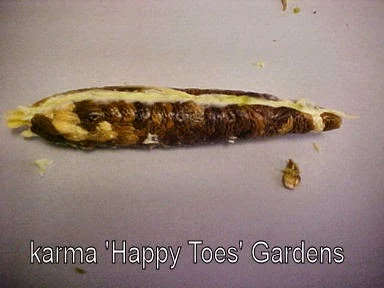























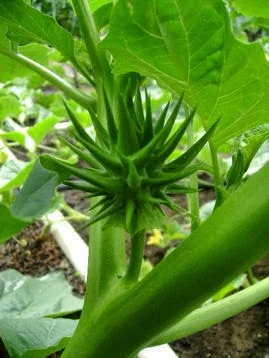
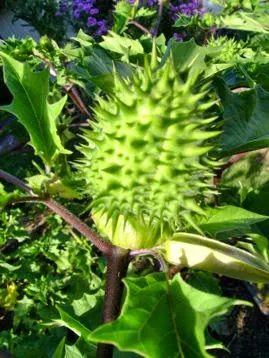








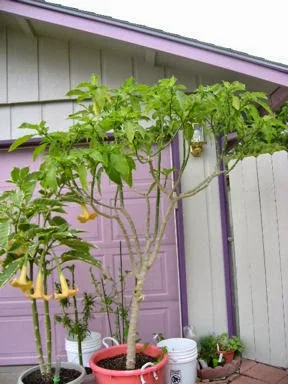


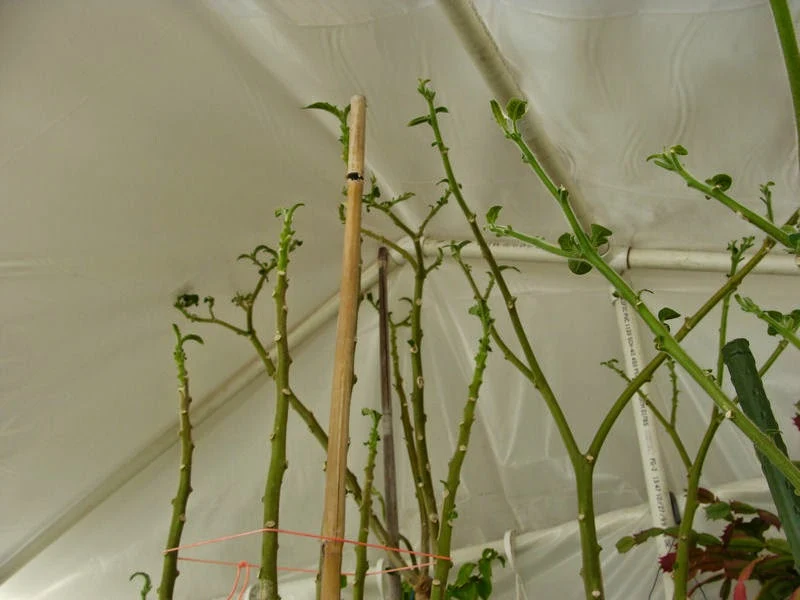
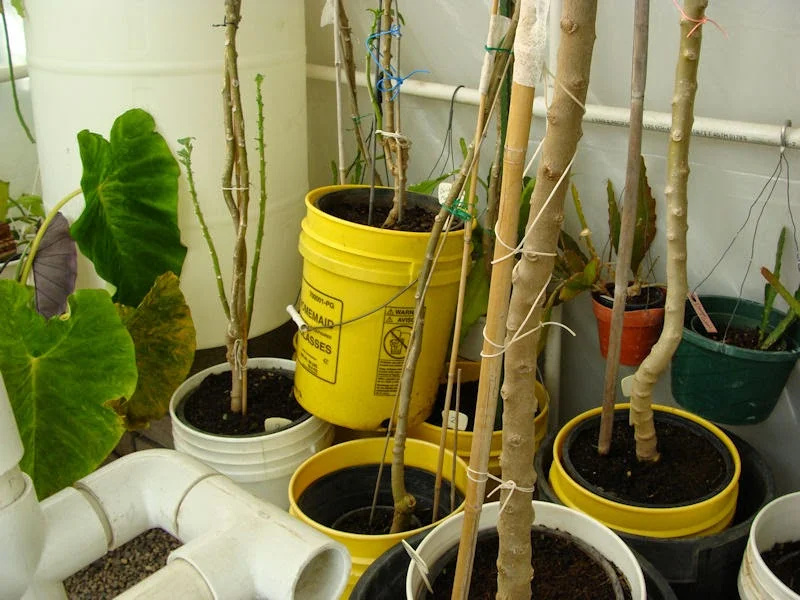




















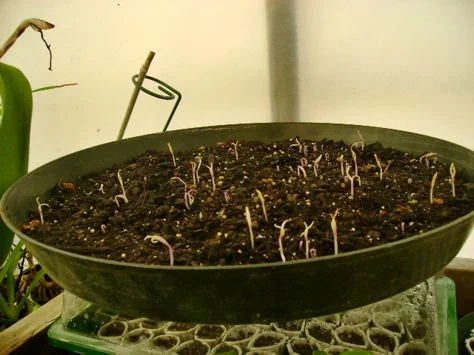





























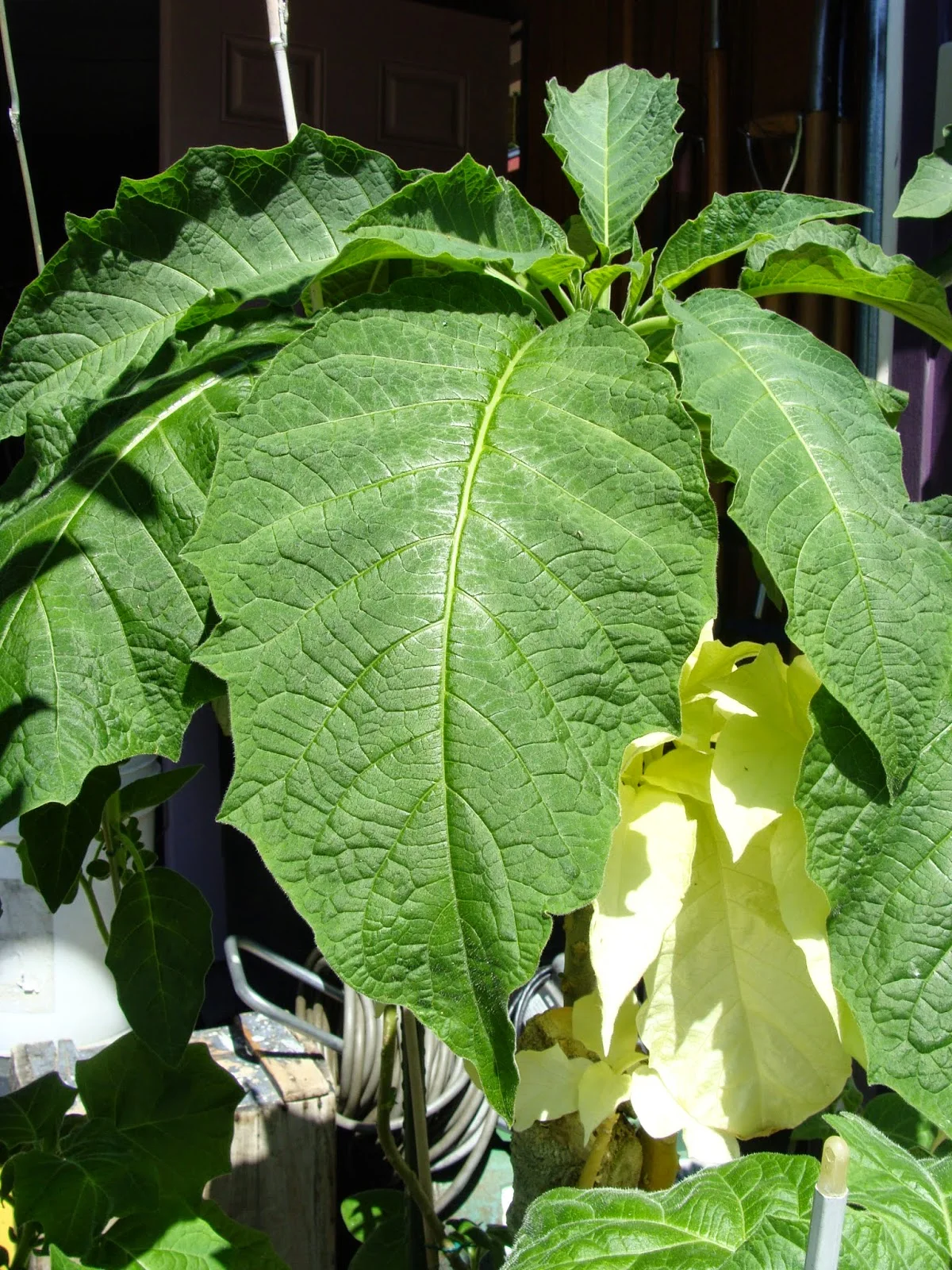
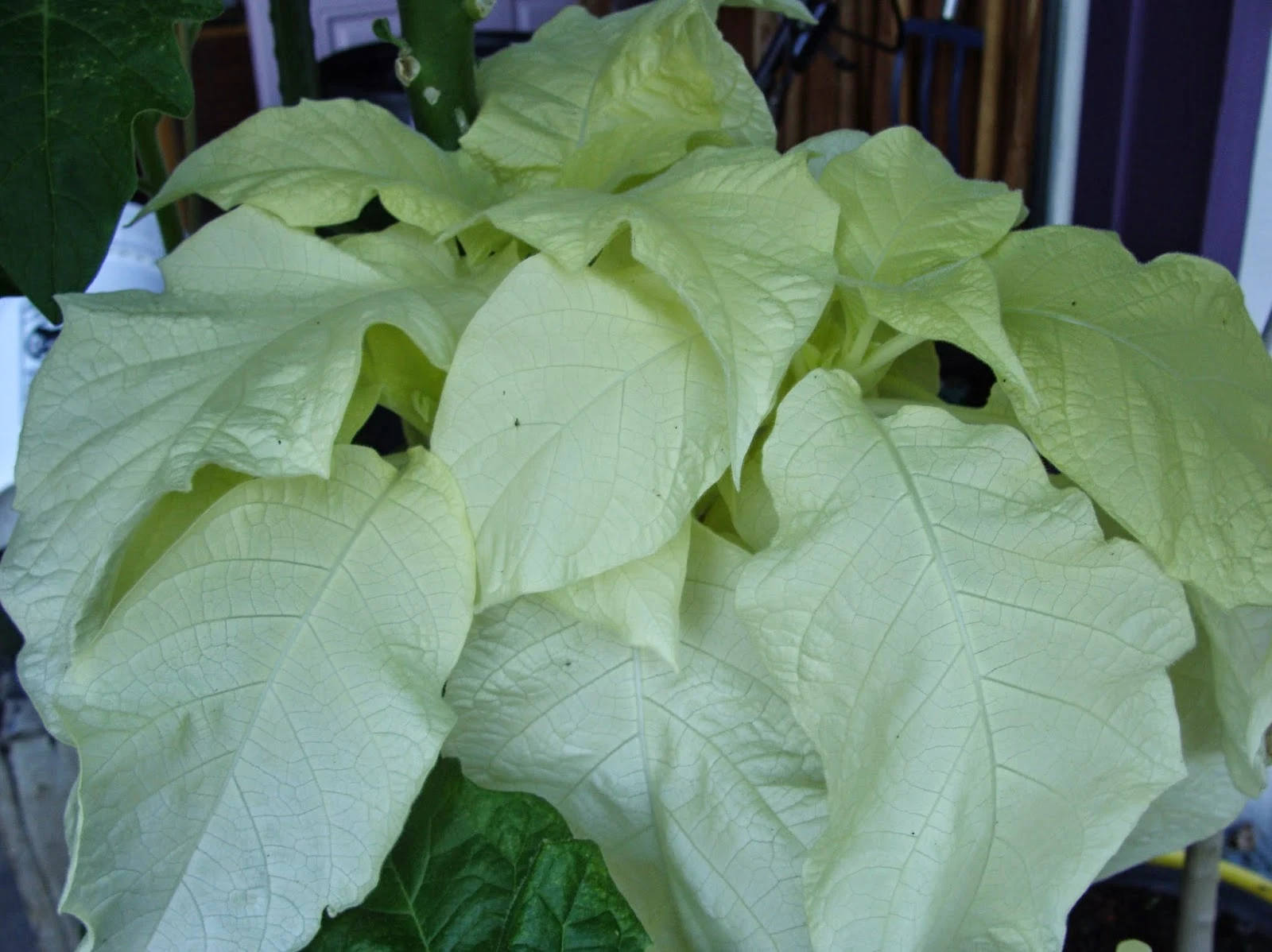






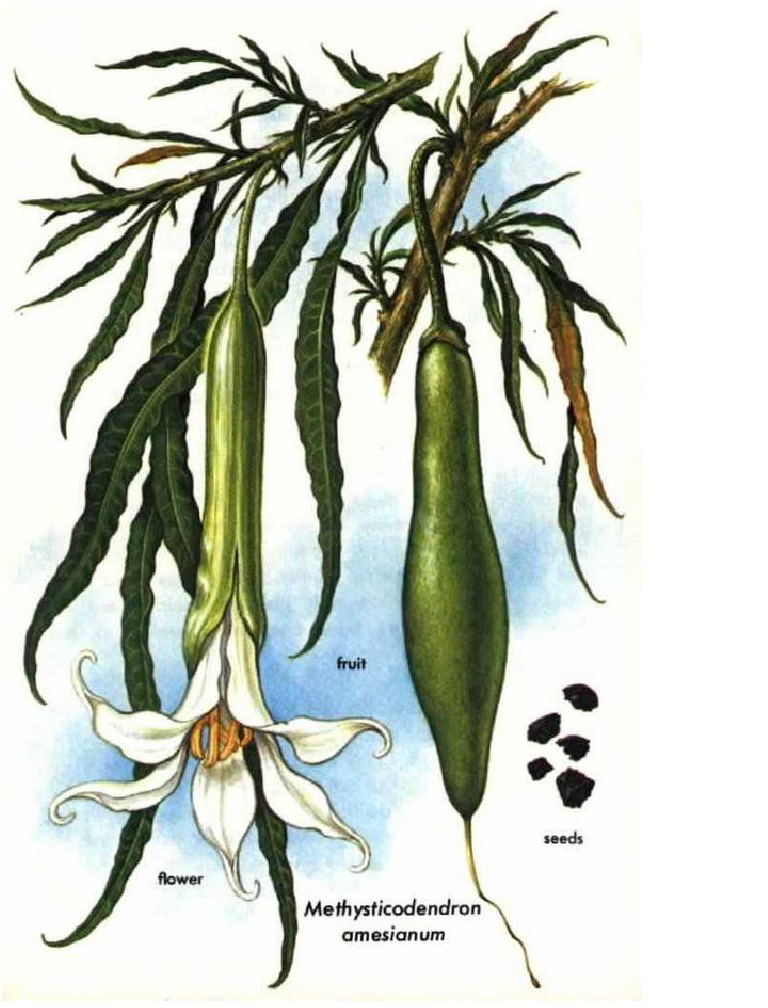


No comments:
Post a Comment